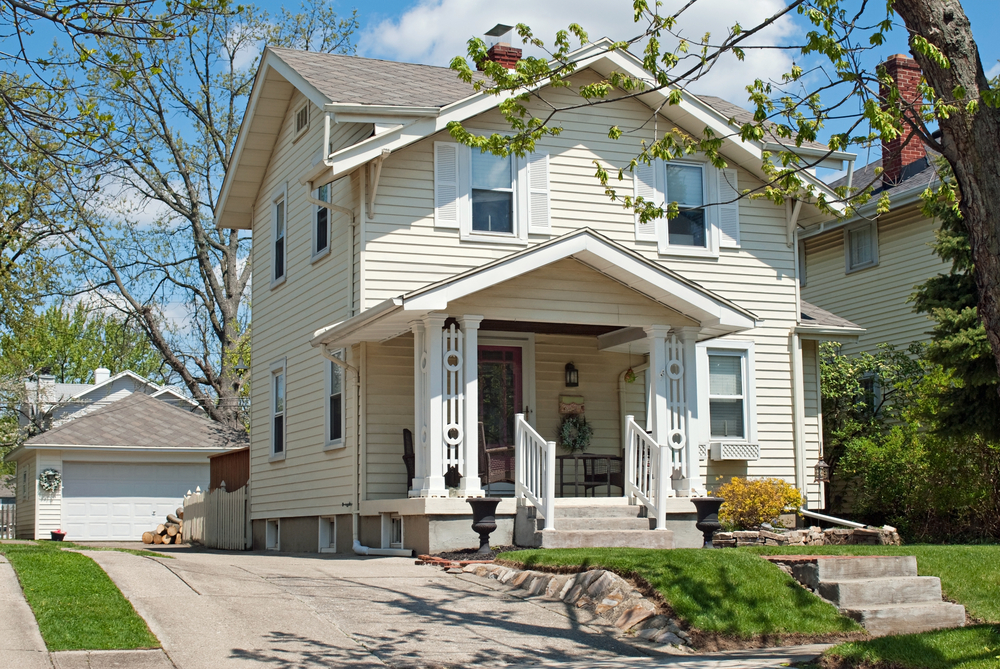
As the opioid crisis rages on, it’s become increasingly difficult for providers to meet the sudden demand for sober living housing, according to a recent report from the Associated Press.
In theory, sober homes provide addicts in early recovery a safe transition point—a place to live together in a supervised, substance-free setting where they are tested regularly for drugs and taught life skills, like at a traditional halfway house. But the surge in demand for sober homes has revealed the inevitable dark side of the industry, facilities that lack credentialed professionals and are barely regulated.
“The ones that are good are fantastic, but people also are exploiting the vulnerability of the population and their desperation to find a safe place to live,” Pam Rodriguez, CEO of Treatment Alternatives for Safe Communities, an Illinois nonprofit working to reduce prison time for nonviolent drug offenders, told AP. Sober homes range from dingy, run-down hovels to luxury hotels on the beach. Run mainly by drug users in recovery, residents typically pay rent ranging from $250 to $500 per month for the lower to mid-price residences. High-end sober livings with on-call doctors and in-house chefs can cost as much as $7,000 per month.
In many towns across the country, the sudden growth of sober livings is startling. For instance, Prescott, Ariz., a city of 40,000, has 169 homes or one home for every 237 people, according to AP. Oxford House has nearly 2,000 homes in about 500 cities, up 20% in the last three years. A common issue is that many sober homes have little to no oversight. “In most states, there is not a regulatory body because recovery residences aren’t considered treatment,” explained Amy Mericle, a scientist at Alcohol Research Group. This lack of regulation has made it a little too easy for the industry to run wild.
For example, in California, you only need a fire permit to open a sober home. The result has been widespread abuse and exploitation, with many facilities turning out to be nothing better than drug dens where financial improprieties like insurance fraud abound. The situation has prompted at least five states to pass or consider legislation to impose basic rules on how sober homes operate.
New rules under consideration across the U.S. would require routine inspection plus an in-depth accreditation process, subjecting sober homes to ethical codes and consumer protections. It’s likely that more states will impose stricter rules for sober homes as the industry grows, fueled by increased spending on addiction treatment—which according to AP is projected to reach $42.1 billion by 2020.
